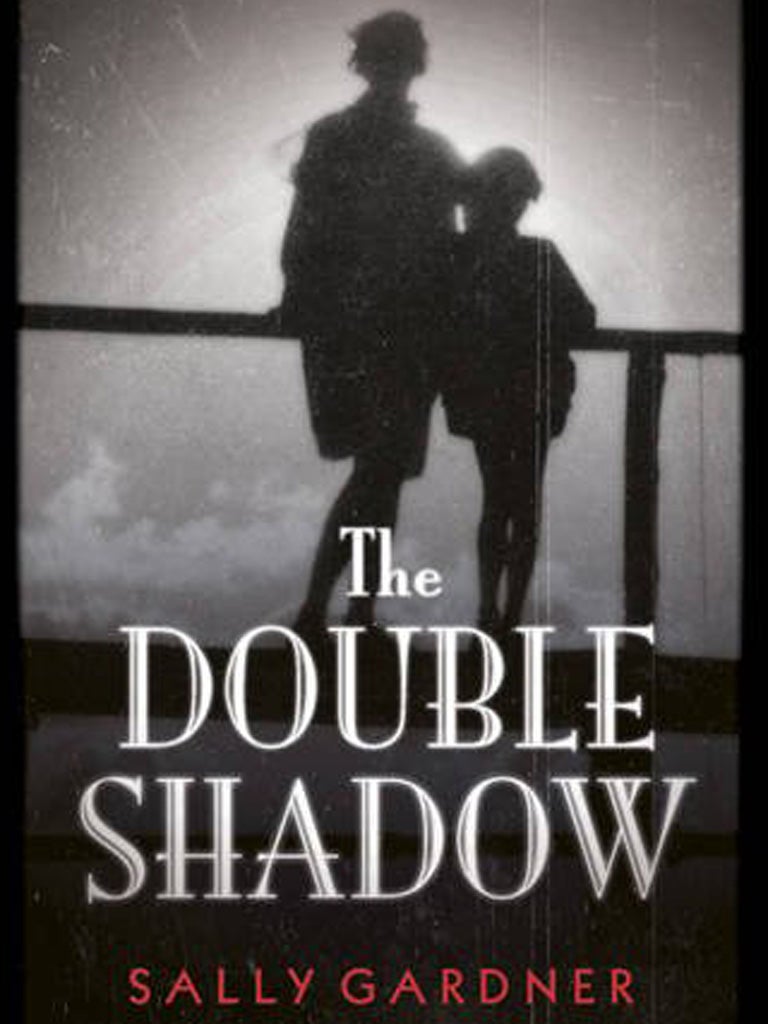
Ever since Alice's Adventures in Wonderland, children's literature has offered authors a wider freedom of choice over possible plots, themes and styles than those normally fashionable in adult novels. This situation continues, with Sally Gardner, a good example of a writer who establishes her own rules as she goes along. Her latest stand-alone novel is a typically brilliant but occasionally bewildering affair. It also grapples with important issues of memory, loss and identity.
The action starts almost at the point at which it later ends. Pretty, abused Amaryllis, raped when she was 16, is now trapped in a phantom Picture Palace existing only in the fourth dimension. She is there because her billionaire father has subjected her to a futuristic machine that is supposed to make life better by expunging unpleasant memories. It also enables victims to re-experience happier moments as if they were actually happening.
But living entirely in your head soon proves a dead end, with Amaryllis missing what she can still remember of her former life. She is also haunted by the four-year-old child she once was.
Time for the re-entry of Ezra Pascoe, there to bring her – literally – back to Earth. Formerly the scorned son of one of her father's employees, Ezra now works for MI6 and has the dual role of both saving Amaryllis, whom he loves, and destroying the memory machine before the Nazis can get hold of it. The date at this stage is 1943, although Amaryllis has been absent for some time.
Not all this novel comes off. A stage villain soon becomes tiresome. His counterpart, tweedy Sir Basil Stanhope who leads the hush-hush Operation for Scientific Protection, is almost as irritating. But there are also some touching moments as characters confront their past by entering it once again. They can't change things, but can still take part in memory loops that have always been of particular significance. Yet even these start to decay as the machine becomes increasingly dysfunctional. Its final collapse, and the fate of those trapped within it, make for a powerful ending to an unusual and constantly challenging story.
Join our commenting forum
Join thought-provoking conversations, follow other Independent readers and see their replies
Comments